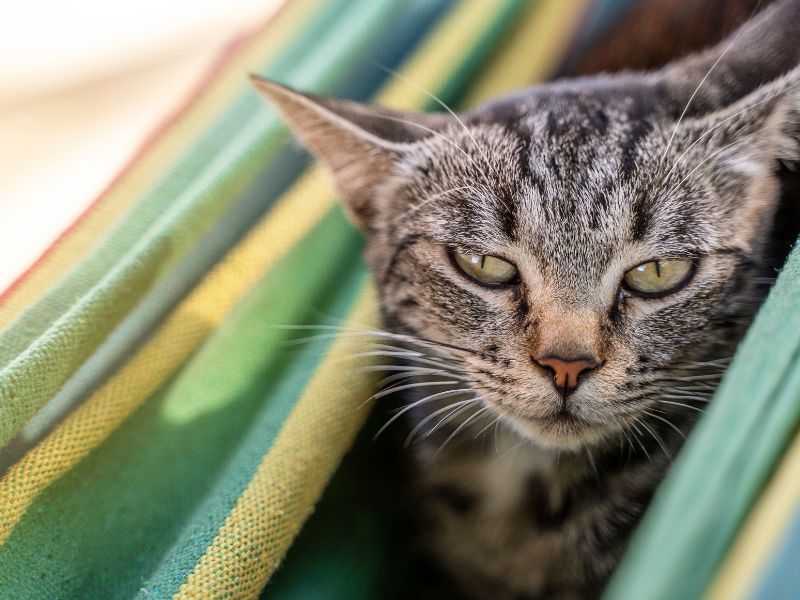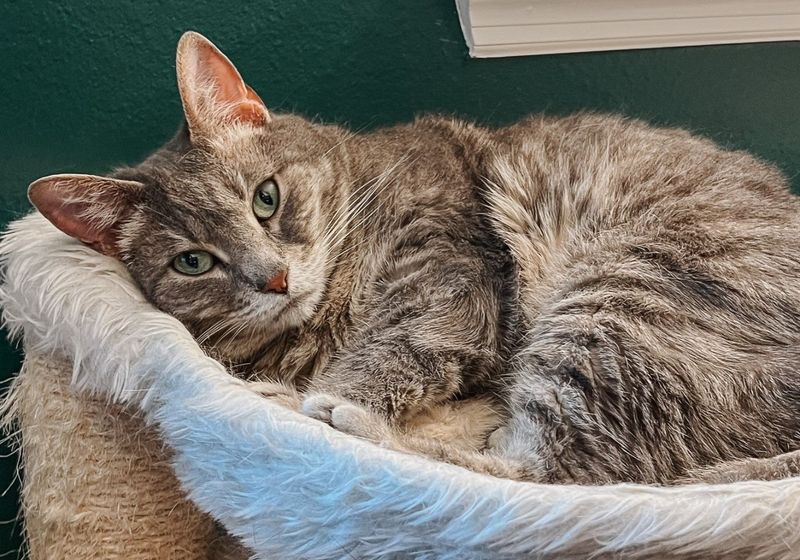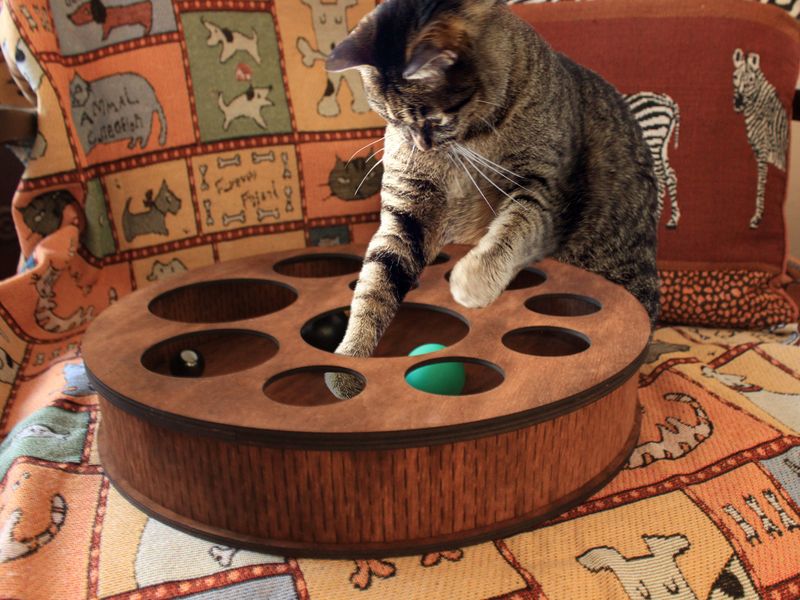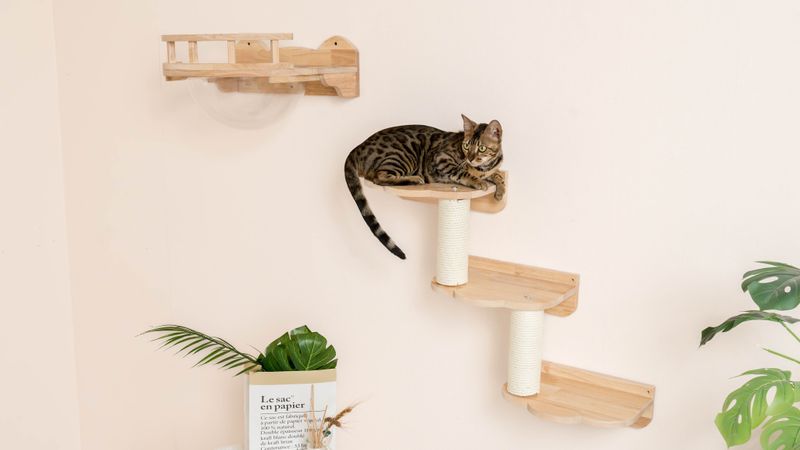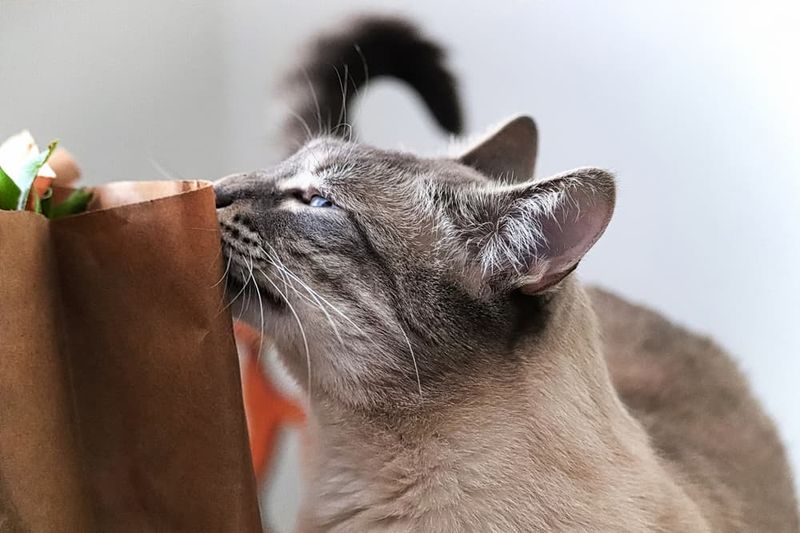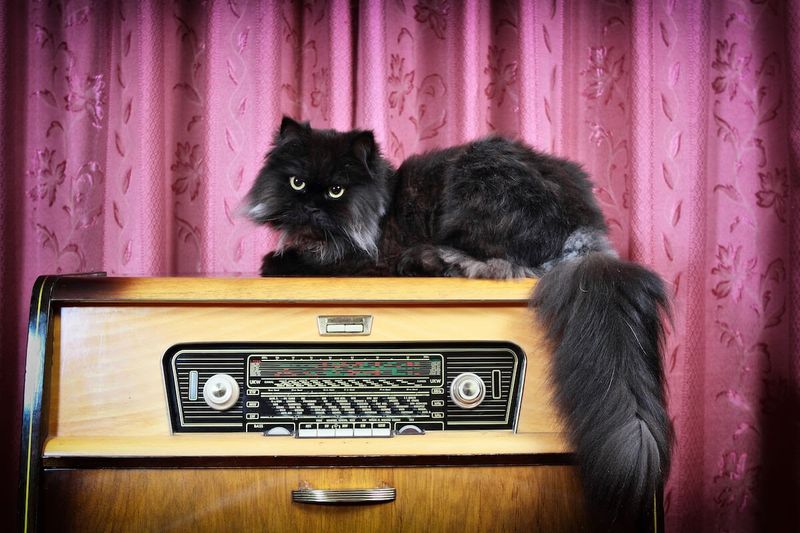📖 Table of Content:
- 1. Maintain a Stable Routine
- 2. Create a Safe Comfort Zone
- 3. Provide Extra Affection and Attention
- 4. Use Calming Aids
- 5. Offer Engaging Enrichment
- 6. Respect Their Grieving Process
- 7. Introduce New Positive Experiences
- 8. Ensure Your Home Smells Familiar
- 9. Play Soothing Music or Nature Sounds
- 10. Consider Another Companion (with Care)
When someone close to your family—and your cat—moves out, the silence they leave behind can echo through the home in unexpected ways. For us humans, we may understand the reason behind their departure, but to a cat, that absence is mysterious and emotionally confusing. Suddenly, their world has changed, and they’re left to cope with that loss without the ability to articulate it.
Cats may not speak our language, but they deeply feel shifts in household energy, especially when it comes to people they’ve bonded with. You might notice your feline friend searching the house, lingering in places once filled with laughter or footsteps, or simply becoming more withdrawn. This period of emotional adjustment is crucial, and it’s up to us to provide a comforting bridge between the past and a renewed sense of safety in the present.
Helping your cat feel loved, secure, and calm doesn’t require grand gestures—it’s the small, intentional actions that speak volumes. From honoring their routines to offering comforting scents and sounds, you can gently guide them through their grief and into a new chapter of peace. Below are ten heartfelt strategies to help your beloved cat adjust with grace and emotional support.
1. Maintain a Stable Routine
Consistency is the gentle heartbeat of a cat’s sense of security. When their world shifts due to a family member’s absence, keeping feeding times, play sessions, and bedtime rituals unchanged can help them feel grounded. Avoid altering their environment too much—familiar sights and habits offer emotional reassurance. Even on difficult days, show up for your cat at the times they expect you. A predictable schedule tells them, “Life is still okay.” Watch how they begin to rely on these touchpoints again. Stability won’t erase the loss, but it will build a new foundation of trust and normalcy.
2. Create a Safe Comfort Zone
Carving out a special spot for your cat to retreat to can provide much-needed emotional refuge. This space doesn’t need to be elaborate—just quiet, cozy, and infused with comforting scents. Include an old shirt or blanket from the person who left, allowing your cat to connect through lingering familiar smells. Let your cat find this space on their own terms and use it as they wish. Avoid forcing them to interact there—this sanctuary should remain peaceful and optional. Over time, they may choose to sleep or rest there more frequently. It becomes a symbol of safety in a home that feels different.
3. Provide Extra Affection and Attention
Sometimes, love is about simply being present. Without overwhelming them, gently increase your cat’s opportunities for closeness through soft talk, brushing, and relaxed lap time. Let your body language signal safety and care—slow blinks, calm movements, and inviting gestures. The goal isn’t to replace the bond they lost but to reassure them that more love still exists in their life. Be patient if they don’t warm up immediately. Your steady, compassionate presence will rebuild their confidence. Eventually, they may seek you out again for connection, reassured that they are still cherished.
4. Use Calming Aids
To ease tension, consider natural calming solutions that help regulate your cat’s emotional state. Products like pheromone diffusers mimic the scent markers cats use to feel at ease, providing a reassuring background ambiance. Calming collars and treats with soothing herbs like valerian or chamomile may also help. You can place these aids in areas your cat frequents most. Remember, these aren’t sedatives—they’re gentle tools to restore balance. While not a cure-all, they can soften the edges of distress during this transition. Used consistently, calming aids can subtly shift your cat’s energy from anxious to peaceful.
5. Offer Engaging Enrichment
To counter feelings of boredom and sadness, offer your cat stimulating distractions that tap into their natural instincts. Puzzle feeders, feather wands, and catnip toys can engage their mind and provide a burst of joy. Rotate toys to keep things fresh and exciting. Use playtime to build emotional closeness and give them a healthy outlet for pent-up energy. Even something as simple as a cardboard box or paper bag can bring unexpected delight. Enrichment shows them that life still holds interest and fun. Over time, these positive experiences begin to outweigh their sense of loss.
6. Respect Their Grieving Process
Allowing your cat to grieve without judgment or pressure is one of the kindest gifts you can offer. Like people, cats express loss differently—some become clingy, others retreat into solitude. Don’t force interactions, but check in often with a soft voice and gentle gaze. Sit near them without expecting engagement. Acknowledge their sadness with your presence, not demands. Let them come to you when they’re ready. Healing unfolds on its own timeline, and your job is to hold space for it.
7. Introduce New Positive Experiences
New doesn’t have to mean overwhelming—small, uplifting changes can be a source of joy. Try introducing a new sunny windowsill perch, a cozy blanket, or a cat-safe houseplant to explore. Keep changes subtle and introduce them slowly. These fresh elements act as quiet invitations to engage with the world again. Offering variety, even in small doses, helps your cat form new associations and positive memories. Pair new experiences with treats or affection to strengthen their impact. In time, your cat will begin to rebuild a sense of curiosity and comfort.
8. Ensure Your Home Smells Familiar
Smell plays a powerful role in your cat’s emotional landscape. Avoid doing a deep clean of the home immediately after someone moves out, as this may erase comforting scent cues. Leave a few unwashed items that carry the scent of the departed person for a few weeks. Your cat may curl up with them, rub against them, or simply linger nearby. These olfactory reminders provide grounding during a time of uncertainty. As your cat gradually accepts the change, you can start to shift their environment gently. Just make sure transitions are slow and respectful of their emotional pace.
9. Play Soothing Music or Nature Sounds
Background audio can be a surprisingly powerful balm for a lonely cat. Soft classical music, harp compositions, or nature sounds (like birdsong or rain) can reduce stress and mask the eerie quiet left behind. Try playing music during times your cat seems anxious or withdrawn. Choose soothing, low-frequency tones that mimic the cadence of a purring companion. You might even find your cat curling up more peacefully during these sessions. It’s a simple act with a calming ripple effect. Sound can comfort in ways words never could.
10. Consider Another Companion (with Care)
When loneliness lingers and your cat is highly social, the idea of a new companion may arise—but this must be a deliberate decision. Before adopting another pet, evaluate your cat’s personality and readiness. Some cats bond easily; others prefer solitude. If you do decide to bring in a new feline friend, introduce them slowly and under controlled circumstances. Use scent swapping, gradual visual contact, and supervised interaction. The goal is peaceful coexistence, not instant friendship. Done with care, a new companion might eventually offer the connection your cat has been missing.

